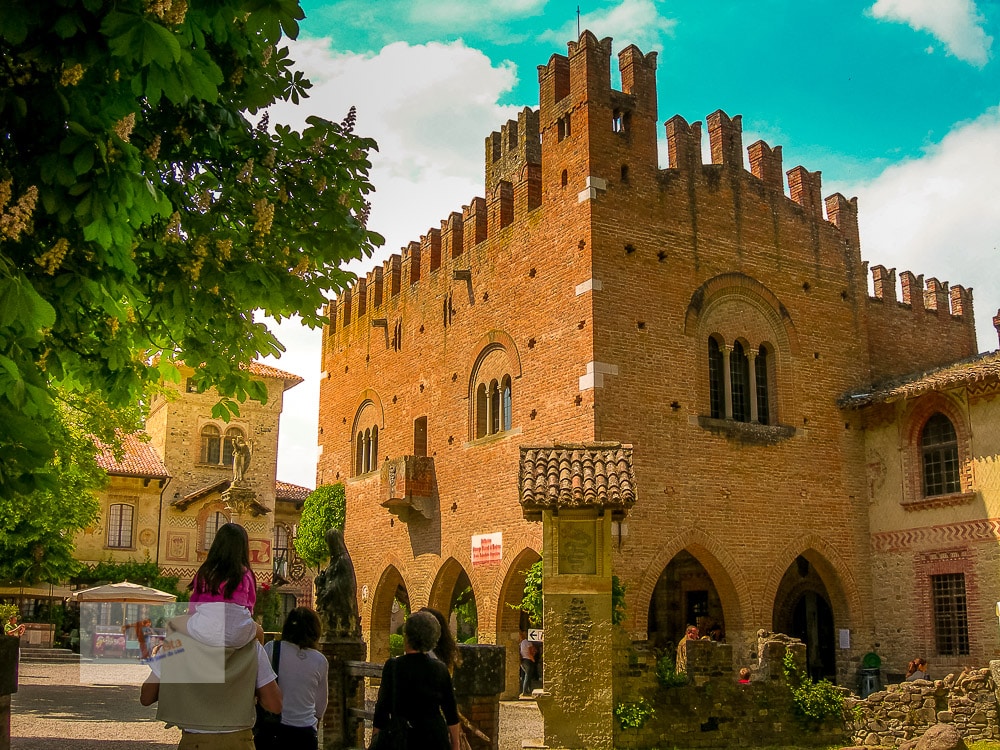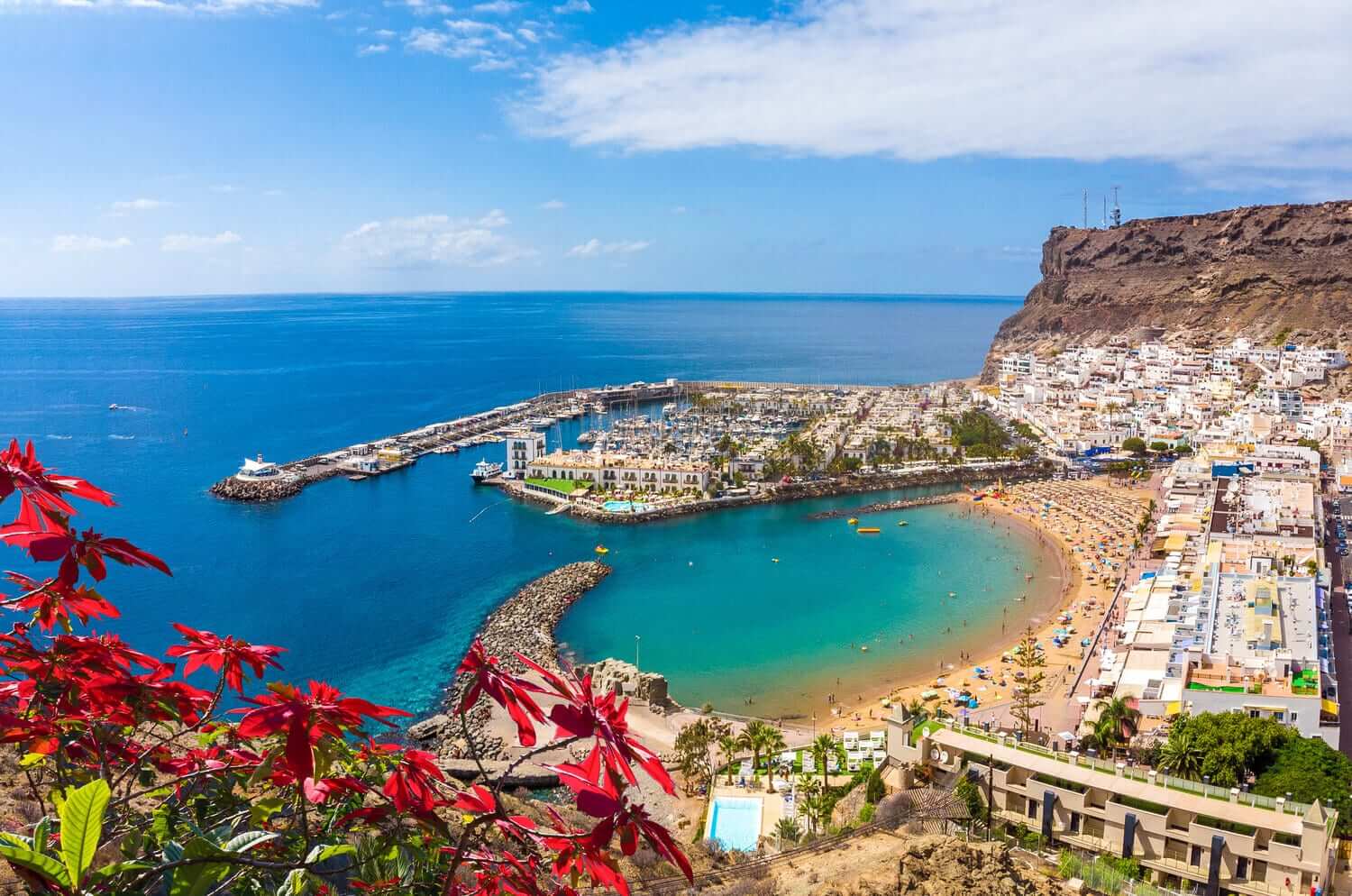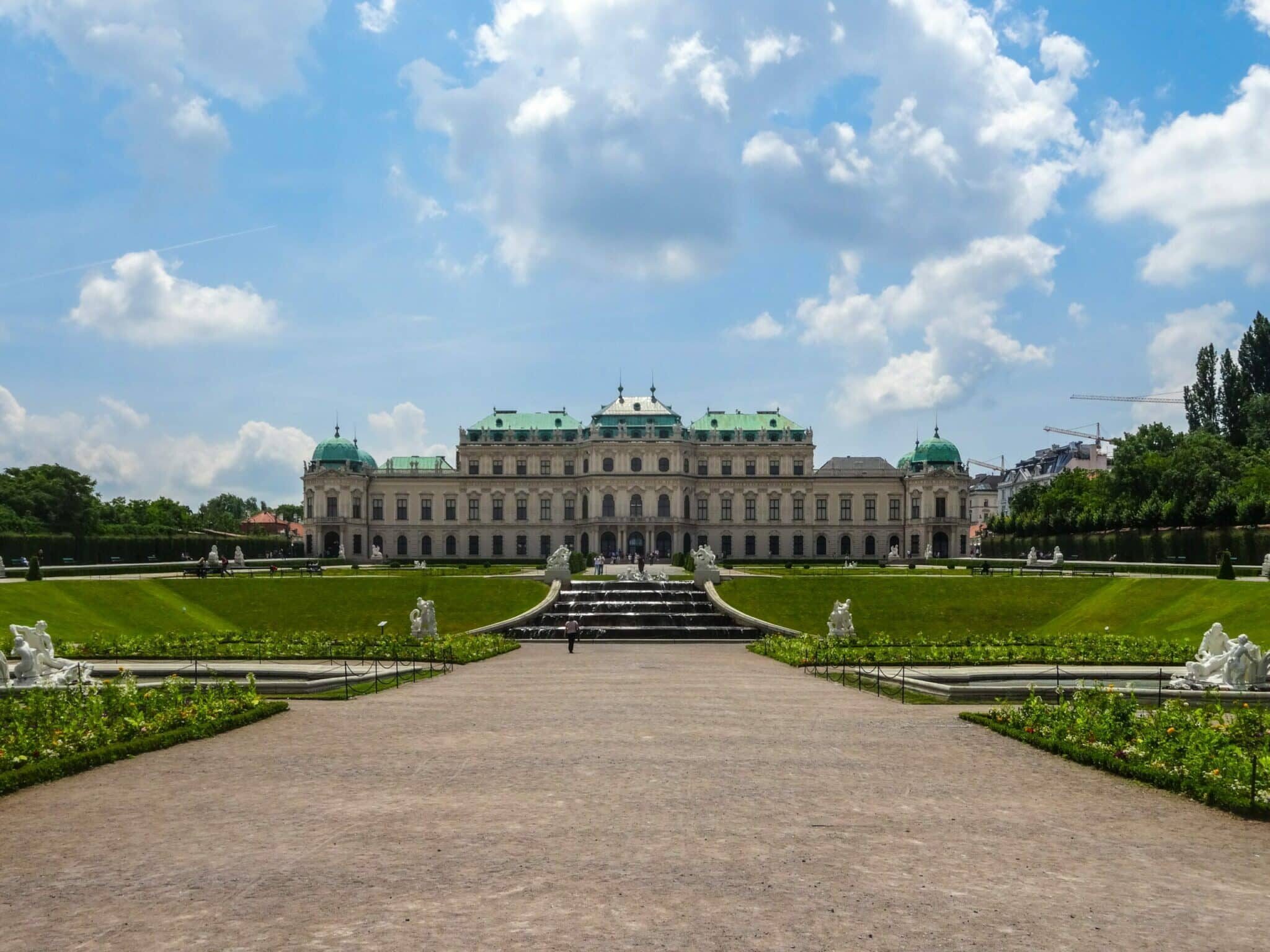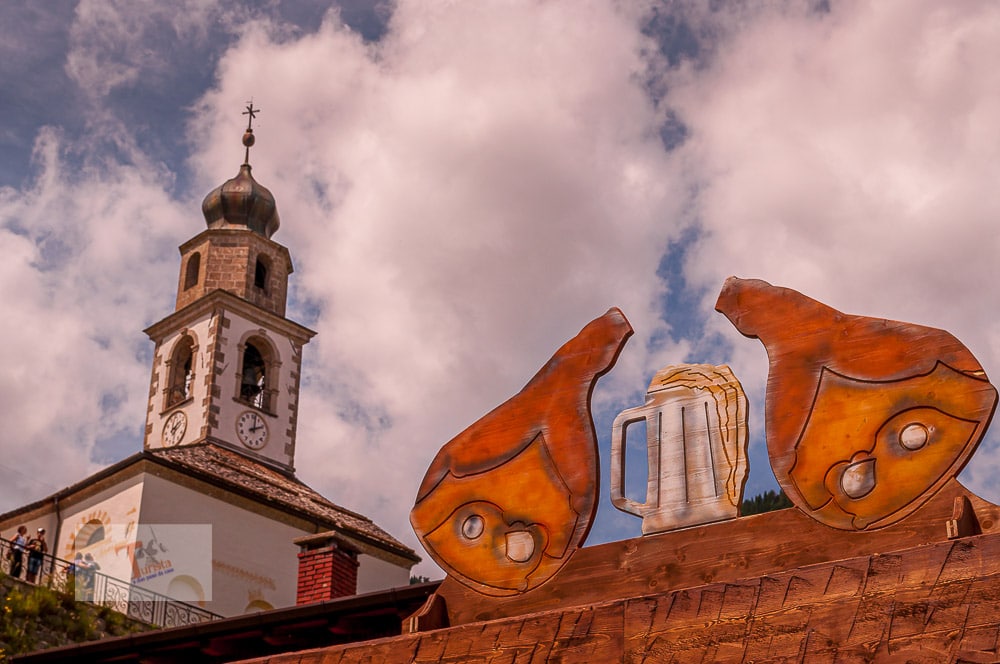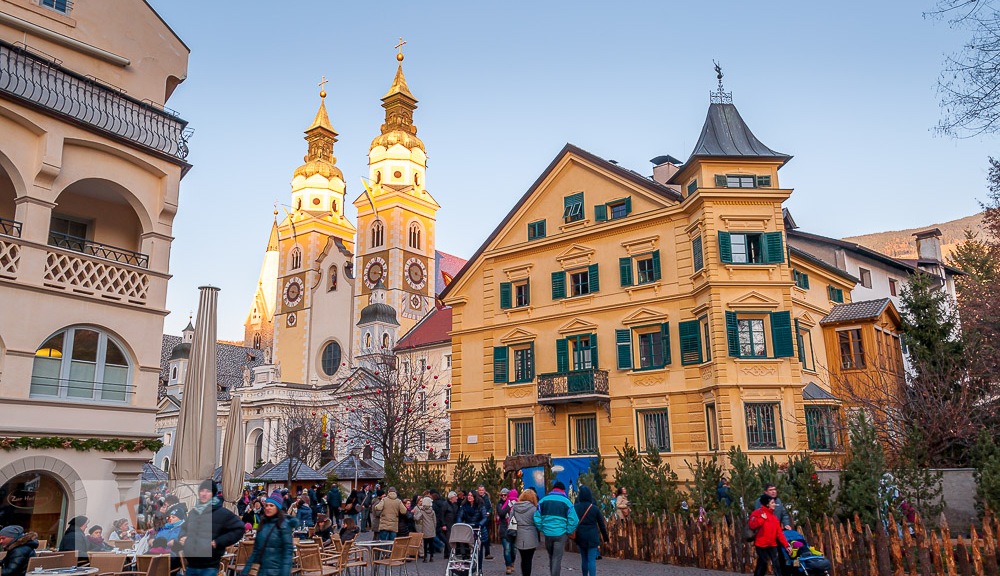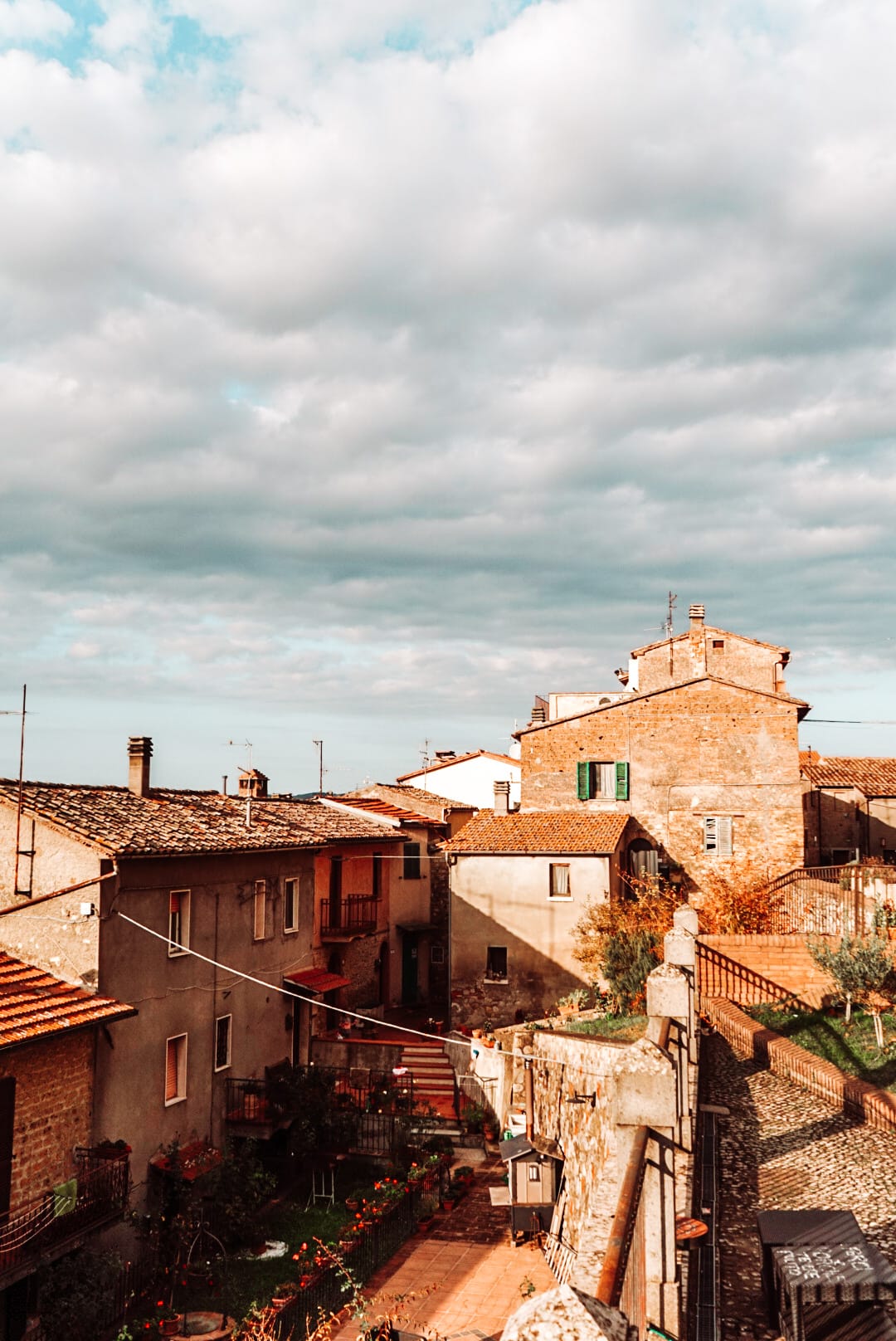A fake medieval village, Grazzano Visconti, hides a ghost: that of Aloisa. Could it be true?
For those on the hunt for adventures and looking for contact with some paranormal entity, a trip to Grazzano Visconti, in the province of Piacenza is ideal as it can combine two activities at the same time: a pleasant Sunday trip and the hope of … meeting a ghost.
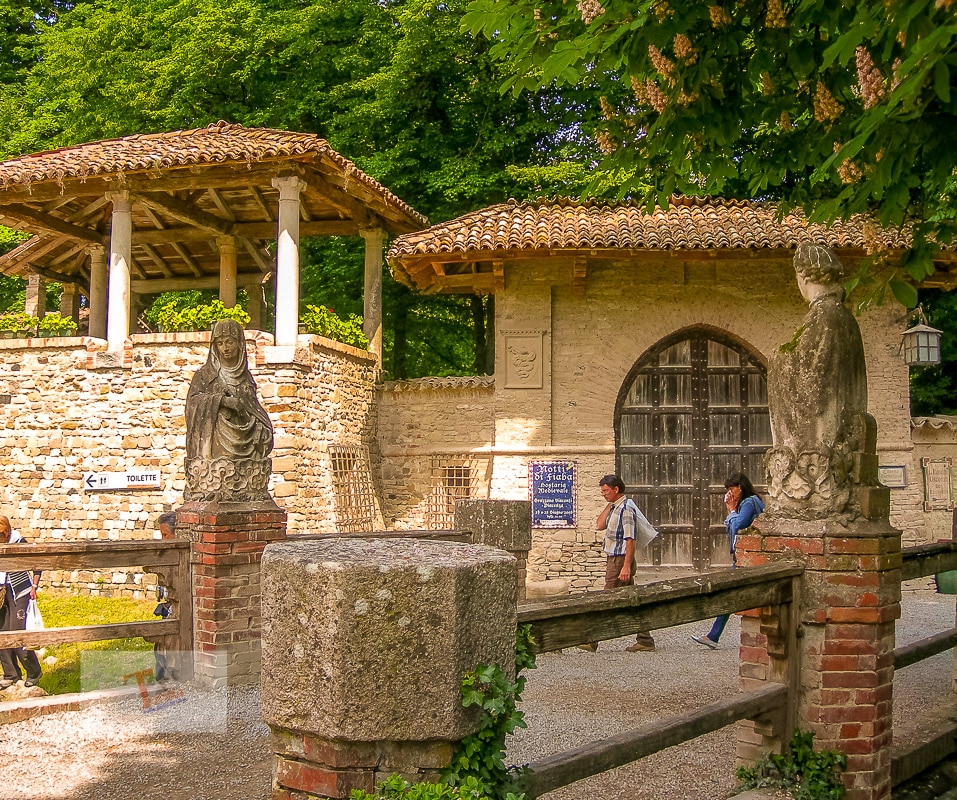
According to legend, the spirit of a woman who wanders between the castle and the park, prey to the pains of love to which she was forced, hovers in this small town with a (fake) medieval appearance.
The fake medieval village
After having ascertained what medieval Grazzano Visconti has only the appearance, as the castle and the houses would have you believe, it was actually born thanks to the intuitions of Duke Giuseppe Visconti di Modrone, at the beginning of 1900 who wanted to reproduce a town of that period and that it had a strong visual impact.
The ghost, true or false?
On the “location” nothing to complain about. Doubt also arises on the ghost. Could it be true or invented out of the blue to attract tourists? Someone goes as far as Grazzano Visconti to try to meet this entity that, the legend says, wanders between castle and park.
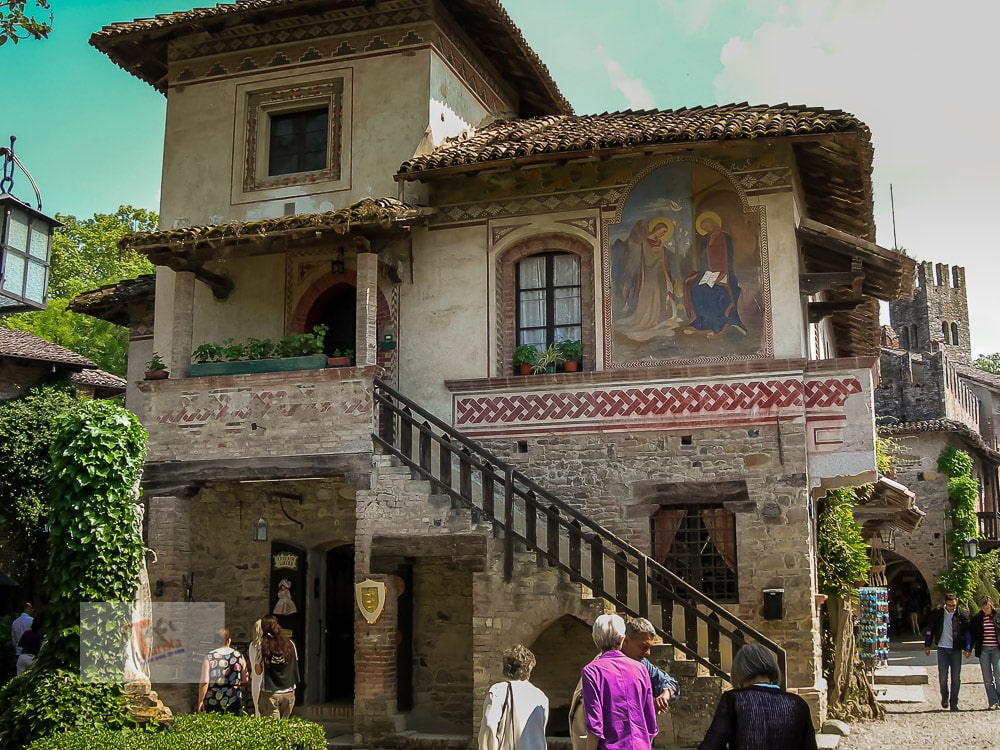
Aloisa
It would be a woman called Aloisa, whose story is handed down by folk tales. Spouse of a militia captain, she was betrayed by her husband and died of pain and jealousy and her spirit has always wandered in these places.
Also according to the legend, one day this spirit manifested itself to Duke Giuseppe who was also a medium. It was she who guided him to draw his portrait of a woman not tall, but round and with folded arms, as can also be seen in several statues that adorn the streets of Grazzano Visconti.
It is also said that Aloisa is not a hostile spirit indeed, it would bring love and perfume to the women who give their smiles to Grazzano Visconti. Many visitors who know its history and go to Grazzano Visconti offer it flowers and small gifts to console it.
This is the legend. But the inhabited area? Ancient documents testify to the existence of an inhabited center, in this place, dated 1300, but it is not what we see today.
Even on the name of the place, there are no certainties. According to some historians, the name Grazzano derives from “Graccus Graccianum”, who was the ancient owner of the land on which this town was built.
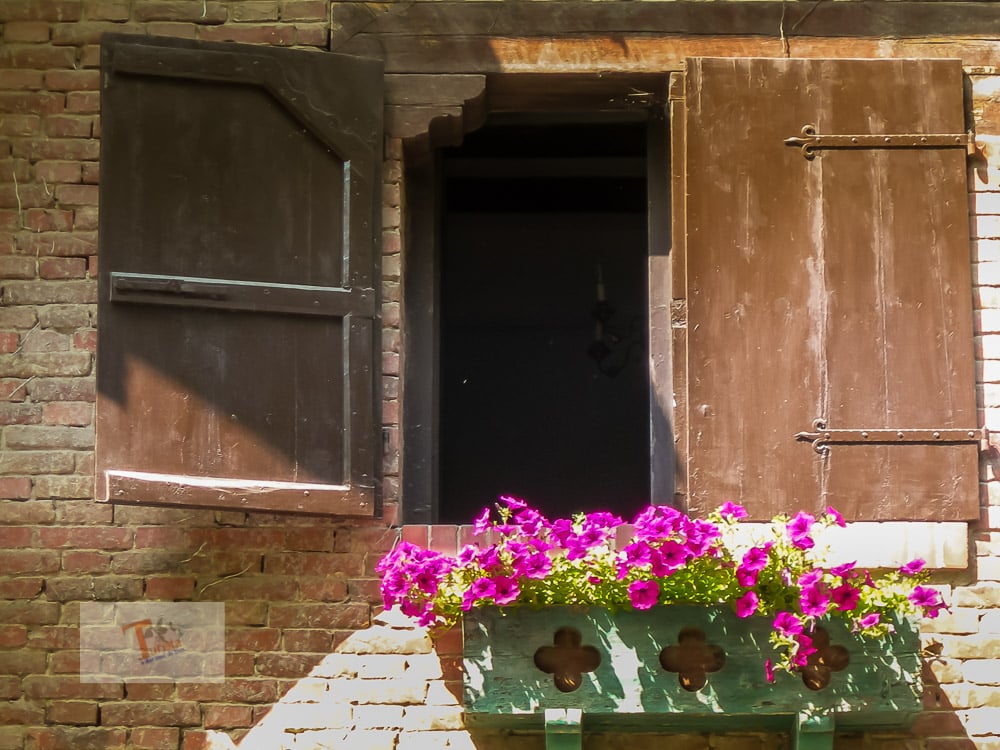
The castle
The castle, on the other hand, dates back to the end of the 15th century. It was built thanks to an edict by Gian Galeazzo Visconti, in favor of his natural daughter Beatrice. The woman was married to the noble Giovanni Anguissola from Piacenza. This manor was the scene of various bloody events. In 1884 it returned to the Visconti family, but the place was now reduced to a heap of crumbling hovels. Major renovations have transformed it into the citadel we know today.
The medieval atmosphere of the village
We also arrive in Grazzano Visconti to immerse ourselves in the medieval atmosphere of this town in the province of Piacenza. A place that is worth a Sunday visit and that allows you to spend a few hours of leisure and relaxation, among craft shops, antiques, and others that offer vintage reproductions for sale.
You can pleasantly wander through the streets, observe the frescoes on the houses, notice the various elements of the street furniture such as the fountains, the balconies, the windows, the small columns, and the coats of arms on the houses. Often there is some costume show.
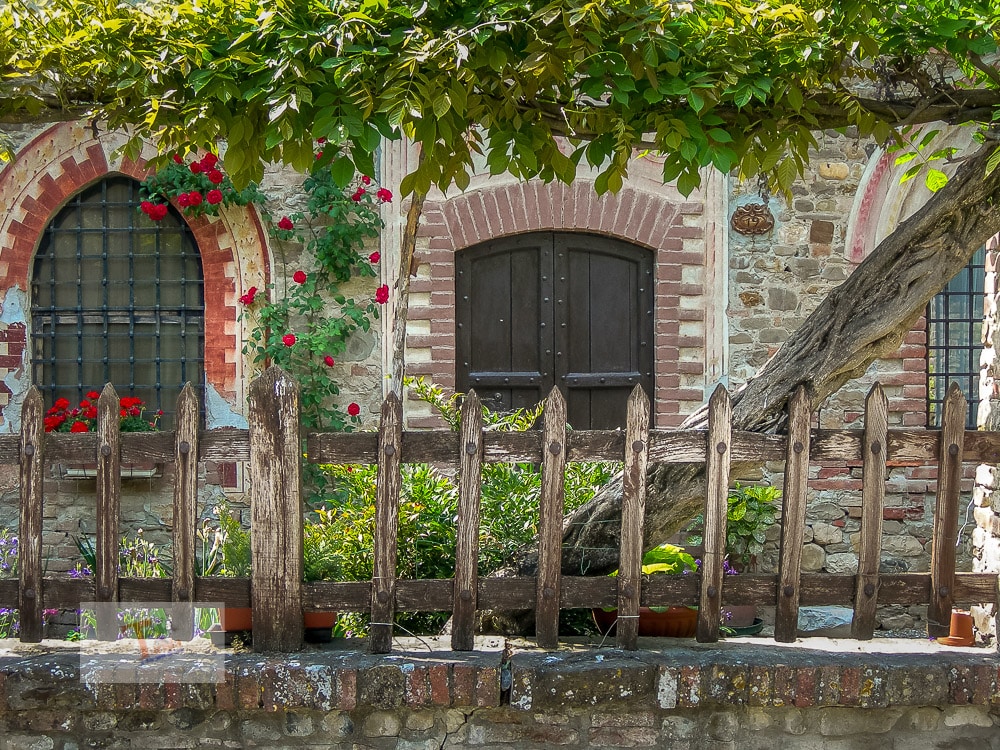
The kitchen
We are in the area of typical Piacenza specialties such as pumpkin tortelli or fried dumplings. All that remains is to enter one of the city’s restaurants and … enjoy your meal.
How do I get to Grazzano Visconti?
Grazzano Visconti is located in the Province of Piacenza, 12 km from the capital, and can be reached by car (exit Piacenza Sud from the A1 motorway (Milan-Naples) and from the A21 motorway (Turin-Brescia), then taking the ring road towards from the stadium continue on the SP 654 towards Bettola-Grazzano Visconti.
This town can also be reached by train (Piacenza railway station) then by bus: suburban line (orange bus) towards Ponte Carmiano or extra-urban (blue bus) directed to Bettola or Selva.

